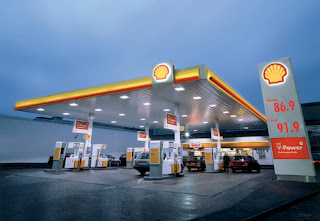 Last week, the Flemish radio station Q music launched its Q party in Second Life.
Last week, the Flemish radio station Q music launched its Q party in Second Life. There are already many brands, like Q music, that entered Second Life: IBM, Adidas, Intel, Toyota, ABN Amro, ING, Mazda, Reuters, etc.
Those of you who want to go and see for theirselves, you can go straight to to Second Life, or, there's a good guide on Q's website on how to enter Second Life.
For those considering to enter Second Life with their brand: there's an interesting article and 'tip sheet' in BusinessWeek. Recommended literature!
Read more about this new 'hype' in this week's column.










